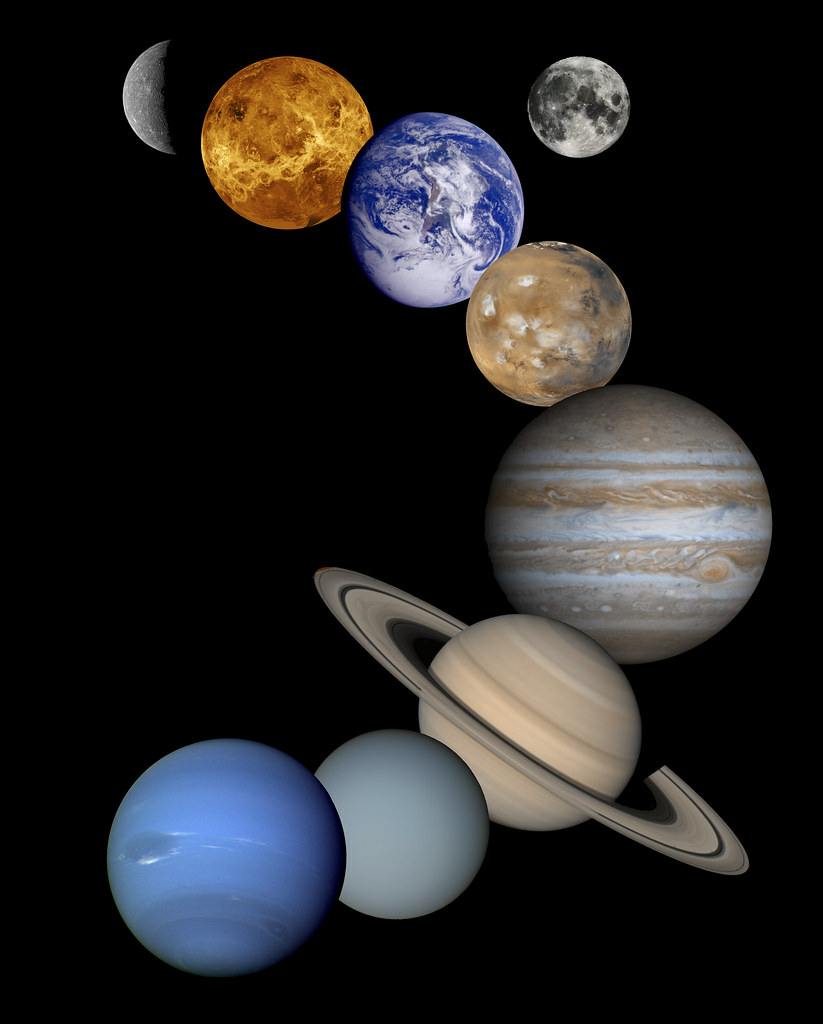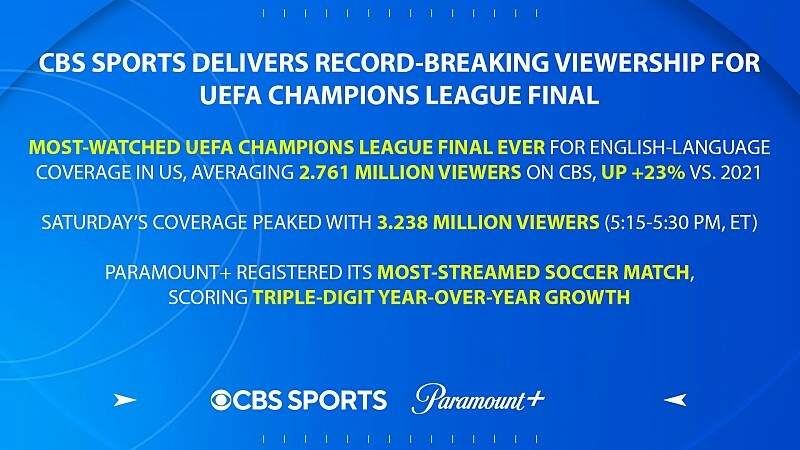In a wide-ranging interview, the newest cardinal in the United States, Cardinal-elect Robert McElroy of San Diego, shares his thoughts on how the teachings of Pope Francis resonate with American Catholics.
Author: Deborah Castellano Lubov
On Saturday, Pope Francis will put a red hat on the head of the new US cardinal, Bishop Robert McElroy of San Diego.
In a wide-ranging interview with Vatican News ahead of Saturday’s consistory, Cardinal-designate McElroy reflects on his appointment to the College of Cardinals, as well as why the teachings of Pope Francis resonate with Catholics in the United States, the current American representation in the College. cardinals and the phenomenon of migration in his diocese of California.
He also spoke about his expectations for the meeting of the Pope with the cardinals to discuss the reform of the Roman Curia and the upcoming apostolic visit of the Holy Father to Kazakhstan from the 12th to the 15th. in September to participate in the VII World Congress of Leaders of World and Traditional Religions.
Listen to our full interview with Cardinal-elect McElroy:
Q: How did you find out about your appointment and how do you look forward to advising the Holy Father as a cardinal?
I found out about it while I was sleeping because we didn’t get any advance notice. I was asleep and my cell phone was off, but it was on the bedside table next to my bed. It started making noise because the texts started coming in at 3:30 in the morning, which is 12:30 in Roman time. I looked at them and they all said, “Congratulations.” I thought, “Congratulations on what?” I saw what it was and stood up. Then people started calling. That’s how I learned. It was through other texts at 3:30 in the morning.
Q: As a U.S. Cardinal, how do you see the role of U.S. Cardinals in the College of Cardinals today?
I think we have two main roles in the US and they are consistent with the roles of cardinals in general. One is to be a continually determined source of unity with the Holy Father on both a doctrinal and an affective level. And the second is to focus, especially with the United States, on the global and universal nature of the Church.
In the United States, we often focus on seeing things through an American lens. Of course, humanity is global, but the church itself is also global. As a community of faith, we must constantly fight against this narrow-lens parochialism. So, I think those two roles could be very, very helpful for the USA Cardinals.
Q: How do you think Pope Francis’ teaching resonates most in the United States?
I think that the Pope’s pastoral theology touches people because it is an effort to understand concretely how the teachings of the Church are translated into the vocation of people in their real lives.
How do they live the Gospel and Catholic teaching with all the challenges and problems they face? I think that the pastoral dimension is the greatest gift that the Pope gives by emphasizing it now.
Q: You serve the people of San Diego. How has the migration situation in your archdiocese and state shaped you and how has it influenced your vision of how the Church should approach the issue of migrants and refugees?
Well, I’ll say it twice. One is majoring in history and immigration history while in college in the United States. To me, in the United States, our entire history is a history of immigration, and it is a prerequisite for the growth and establishment of our nation.
I see it as axiomatic that America should be a place that welcomes immigrants and refugees, and especially in the Diocese of San Diego, we are right on the border of Latin America. We are the northernmost point in Latin America.
In recent years, we have received huge groups of refugees, asylum seekers and immigrants. Part of the church’s work, especially Catholic Charities and many other women’s religious organizations, operate and parishes help immigrants, refugees and asylum seekers come to the country, resettle the country. Most of them who are from Latin America already have family somewhere in the US so we can match them with family. They can live there until they listen.
Right now we’re finding that we’re getting more Ukrainian refugees, more Afghan refugees, and they don’t have families there in the same way.
It’s a different challenge for us, but it’s the same challenge. How to reach suffering people and try to alleviate their suffering and help them towards a new life?
Q: The Pope summoned all the cardinals about the reform of the Roman Curia. What do you think needs to be done now and in the future?
I think this meeting has two purposes. One is for the Cardinals to get to know each other better. The second is that in Curia reform, I think its most important element is its emphasis on missionary discipleship and evangelization. That is why the dicastery of evangelization is raised so high to emphasize that the entire direction of the Curia is missionary work, zeal and action, not maintenance and stagnation. I think that’s an important message.
I think the meeting with the cardinals is one way to integrate the idea that their relationship with the Curia is not only about serving the Pope, but also about serving the local churches. And that’s key to building an ongoing collaborative relationship, and there have been some before, but this is, I think, a new emphasis on that.
Q: What is your hope for Pope Francis’ upcoming visit to Kazakhstan?
The visit to Kazakhstan is of course an ecumenical and interfaith visit. It is always important for the Church to constantly point to the unity of Christians and of course the unity of people of all faiths. I hope this is the moment to build it.
At the same time, the absence of [Moscow] Patriarch Kirill is a significant hole in this effort. It points to a reality that actually destroys the unity we seek. I think it must be a dialogue with the Russian Orthodox Church over time. It cannot be authorized. But I think the main interlocutors of this debate are the Orthodox world itself with the Russian Orthodox Church.
What happens if a cardinals mate dies?
Some cardinal pairs do break up and find new mates, sometimes even during the breeding season. Read also : 101 Moves, Names and Stories Shaping the Men’s College Hoops Offseason. And when one member of a cardinal pair dies, the survivor quickly looks for a new mate.
What is the lifespan of a cardinal? These cardinals have a lifespan of two to three years. The desert cardinal can be found in the deserts of the United States and Mexico. The lifespan of this species is eight years. Red-crested cardinals live three to six years in the wild.
Do cardinals mourn the loss of a mate?
What happens when a cardinal loses his mate? Although birds like cardinals mate throughout their lives, to some extent when one of their lives ends, they look for a new mate. On average, about 60% of cardinals survive each year, which unfortunately means that about 40% of cardinals die each year.
Do cardinals have the same mate for life?
Cardinals are monogamous birds that mate for a year or more, although some pairs mate for life. During courtship, the males prove their strength by finding seeds for the female and feeding them one by one from her beak to hers. See the article : Bishop Lamor Whitehead Owns Many Real Estates. Or is he?. This courtship display looks like kissing.
How are cardinals chosen?
Cardinals were invited to Rome. Popes are elected by the College of Cardinals, the highest officials of the Church who are appointed by the Pope and usually consecrated as bishops. To see also : Why ESPN–Big Ten Split Shocked College Sports, and How It Affects Everyone. They are invited to a meeting in the Vatican, followed by a papal election, or conclave.
Who appoints a cardinal? The pope alone appoints or creates cardinals in the three ranks of cardinal bishop, cardinal priest, and cardinal deacon—all of whom are bishops according to the decree of John XXIII—by announcing their names in a private address before the College of Cardinals. consistory (of ecclesiastical, especially …
Are cardinals appointed by the pope?
After the 2020 consistory, 73 cardinal electors were appointed by Francis, 39 by Pope Benedict XVI, and 16 by Pope John Paul II.
How are cardinals assigned?
Cardinals are chosen from a variety of backgrounds and appointed as cardinals in addition to their existing roles in the Church. Most cardinals are bishops and archbishops who head dioceses and archdioceses around the world—often the most prominent dioceses or archdioceses in their country.
Are cardinals elected or appointed?
The College of Cardinals, or more formally the Sacred College of Cardinals, is the assembly of all cardinals of the Catholic Church. As of August 8, 2022, its current membership is 206, of whom 116 are eligible to vote in the conclave to elect a new pope. Cardinals are appointed by the Pope for life.
Who are the 13 new cardinals?
Other new cardinals include an Italian who is a longtime papal preacher at the Vatican, the Rev. Raniero Cantalamessa, who is a Franciscan friar; Kigali, Rwanda, Archbishop Antoine Kambanda; Capiz, Philippines, Archbishop Jose Feurte Advincula and Santiago, Chile, Archbishop Celestino Aos Braco.
Who is the current youngest cardinal?
How many cardinals are there?
Popes are elected by the College of Cardinals, the highest officials of the Church who are appointed by the Pope and usually consecrated as bishops. They are invited to a meeting in the Vatican, followed by a papal election, or conclave. There are currently 203 cardinals from 69 countries.
Who are the newest cardinals?
In this latest batch of candidates, they are Archbishop Emeritus Jorge Enrique Jimenez Carvajal of Cartagena, Colombia; Lucas Van Looy, Archbishop Emeritus of Ghent, Belgium; Arrigo Miglio, Archbishop Emeritus of Cagliari, Sardinia; Rev.



